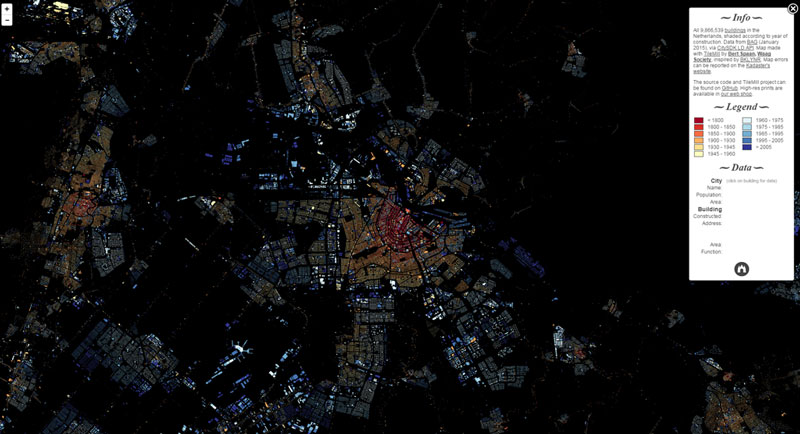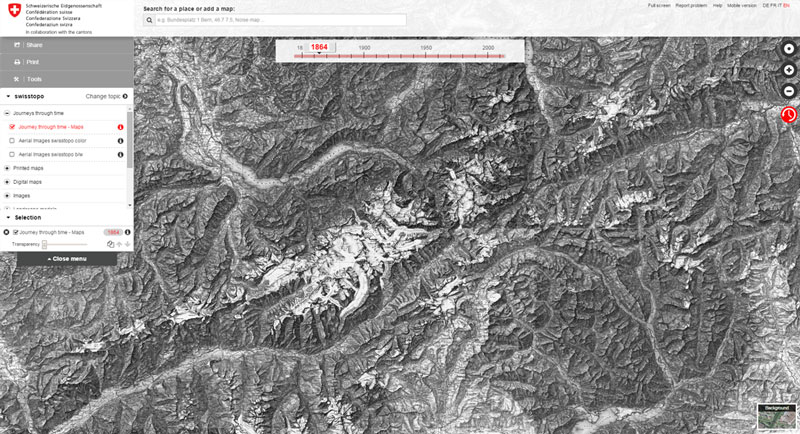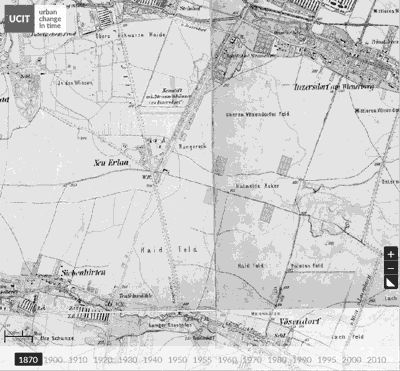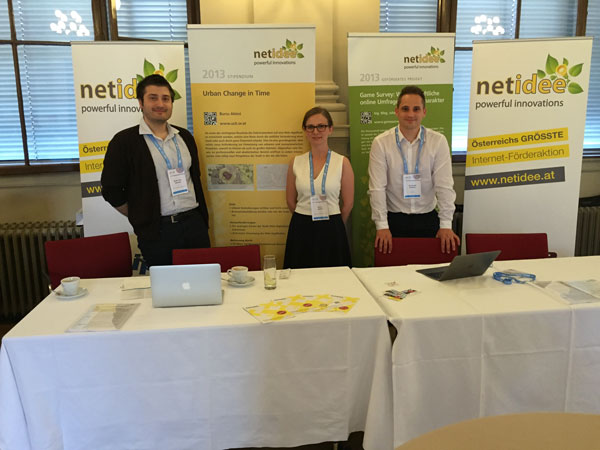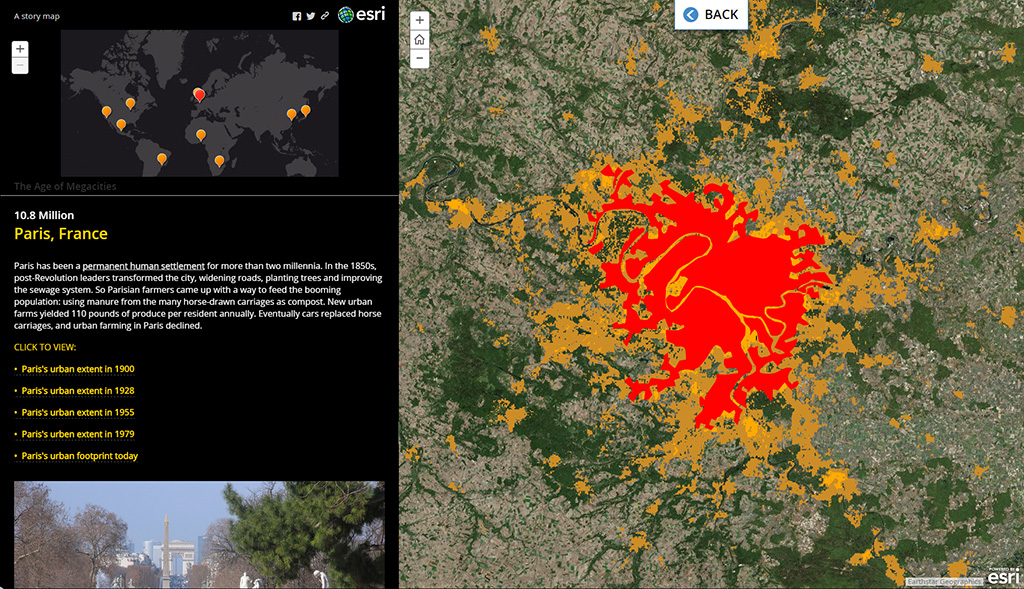Since the project is published on the national newspaper Der Standard, in one week more than 7000 unique visitors visited the website. 64% were spending more than 30sec. UCIT has received valuable reactions in a short time span and there are some open questions that I would like to answer here.
why did I not use Open Government Data in UCIT?
The answer is simple, there were no sufficient data that I could use which has certain uniformity and certain intervals such as 10 years. Principally I would of course support the open government data initiative. If there would be possible alternatives, I would be glad to replace it with the existing ones.
why use these particular data-set to show the urban change?
I am aware that the data is not fully suitable to show the transformation of the city. But you would be surprised how impossible that is to find an ideal data-set if you want to add time-space character to it. My long term wish would be to turn this data into a more appropriate version of it but now we have the possibility to use/analyse these data to make the most of it.
why the quality is that bad especially between 1910-1930?
it is simply because during that time these maps were produced with a lower scale (1:75.000). And if we think that these maps are mostly paper maps which have been lying in the drawers of an archive, it was an expected outcome that they have a certain limited quality.
what is so special about this application?
not so much! Here my purpose was to make urban data interesting to the media and public, just by creating an application which has a bit of an unconventional way of showing urban data, showing the City of Vienna from a different perspective. We need to re-examine the city and keep it open to further critical analysis and showing the urban data in a different way may lead to reveal unquestioned knowledge and creative thinking.

